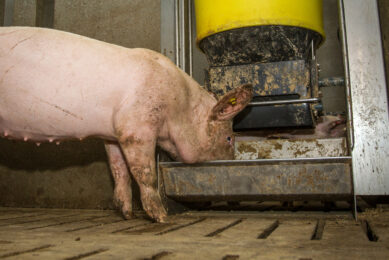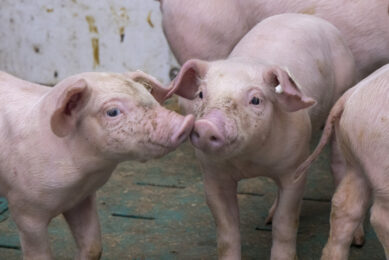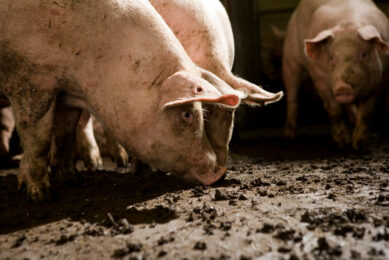Bolivia: 20 years of growth in pig production
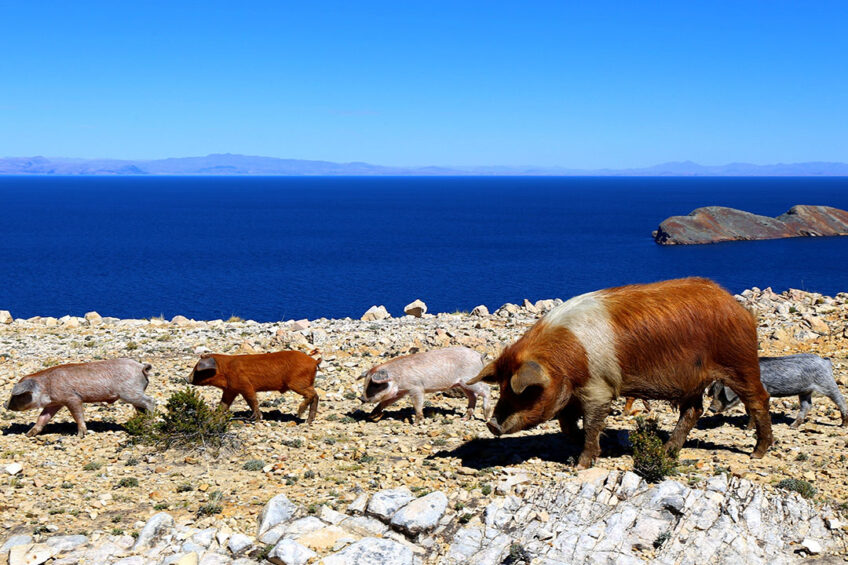
In the weeks and months leading up to the event United Pork Americas, Pig Progress takes a deep dive in pig countries in the Americas. What is pork production like in the various countries in both continents and what are the perspectives for development? Today: a closer look at Bolivia.
Bolivia has being increasing its pig production year after year, since 2000. According to the country’s ministry of rural development and lands, the volume reached 117,676 tonnes in 2021, 85.6% higher than in the beginning of the century.
That is remarkable, considering Bolivian producers have started to see pig farming as a profitable economic activity as of the 1980s, just 4 decades ago. Currently, the pig herd in the Andean country counts 3.3 million animals, which means an increase of 89.7% compared to 20 years ago.
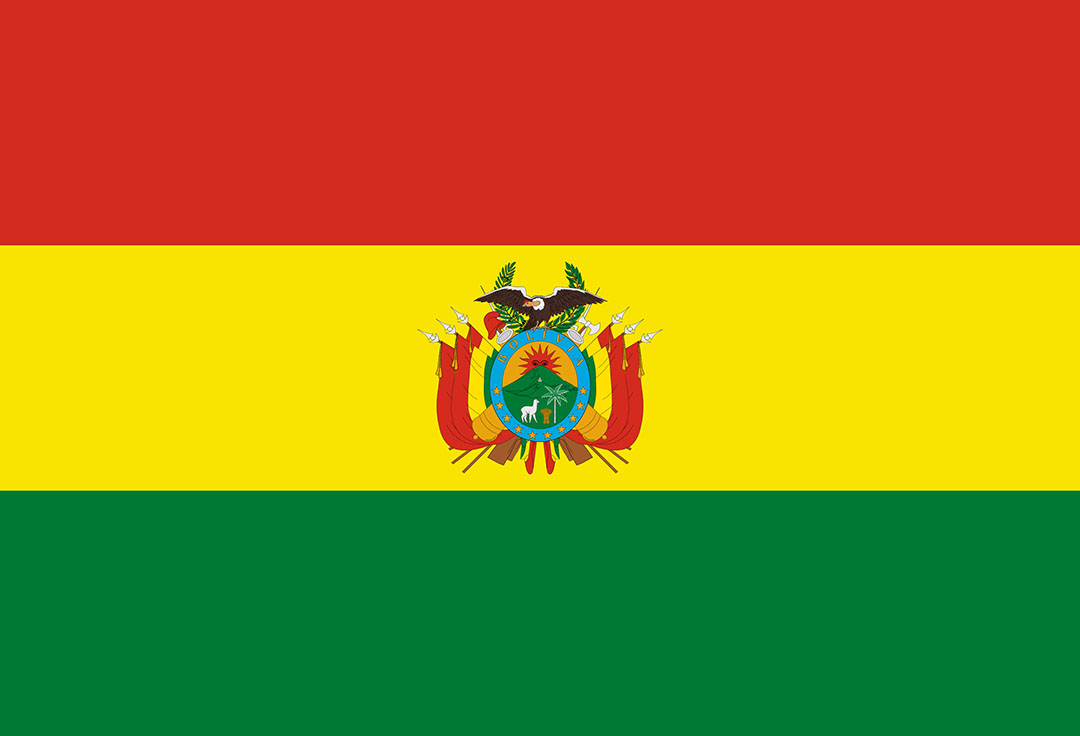 Large-scale farms: 25% of total production
Large-scale farms: 25% of total production
In terms of production systems, large-scale farm types roughly cover 25% of the total amount of pigs, while 75% of the pigs come from medium to small-size properties. Sanitary control and biosecurity have become a priority since the 1990s, and significant investments have been made.
Bolivia is made up of 9 departments, of which 4 departments house over 80% of swine production:
- Santa Cruz (41.9%);
- Chuquisaca (17.9%);
- La Paz (13.5%); and
- Tarija (8.9%).
As a consequence, pig production plays an important role on the labour market there. Santa Cruz also houses over 80% of all pig processing facilities.
2 relevant producers are Cabaña Agradece and Paichanetú Farm, both located in the Santa Cruz department. This region is also where the annual per capita consumption of pig meat, for cultural reasons, is the highest of the whole of Bolivia: around 10 kg.
Not only pigs, also cattle, llamas and alpacas
Bolivia’s animal production pattern has a few peculiarities. Apart from the 3.3 million pigs, the most indigenous and mountainous country in South America has large herds of:
- Cattle (10.1 million);
- Sheep (7.1 million)
- Llamas (2.6 million);
- Goats (2.2 million); and
- Alpacas (450,000).
The government is running the so-called Plan de Desarrollo Pecuario (Plan for Livestock Development 2020-2030) to establish “food security with sovereignty,” in order to eliminate hunger and malnutrition all over the country.
In that sense, the government promised to support livestock production sectors such as cattle, camelids (llamas and alpacas) and pigs. Another objective is generating surpluses and export meat. Currently, Bolivia has a technical partnership with Brazil and already exports beef to China.
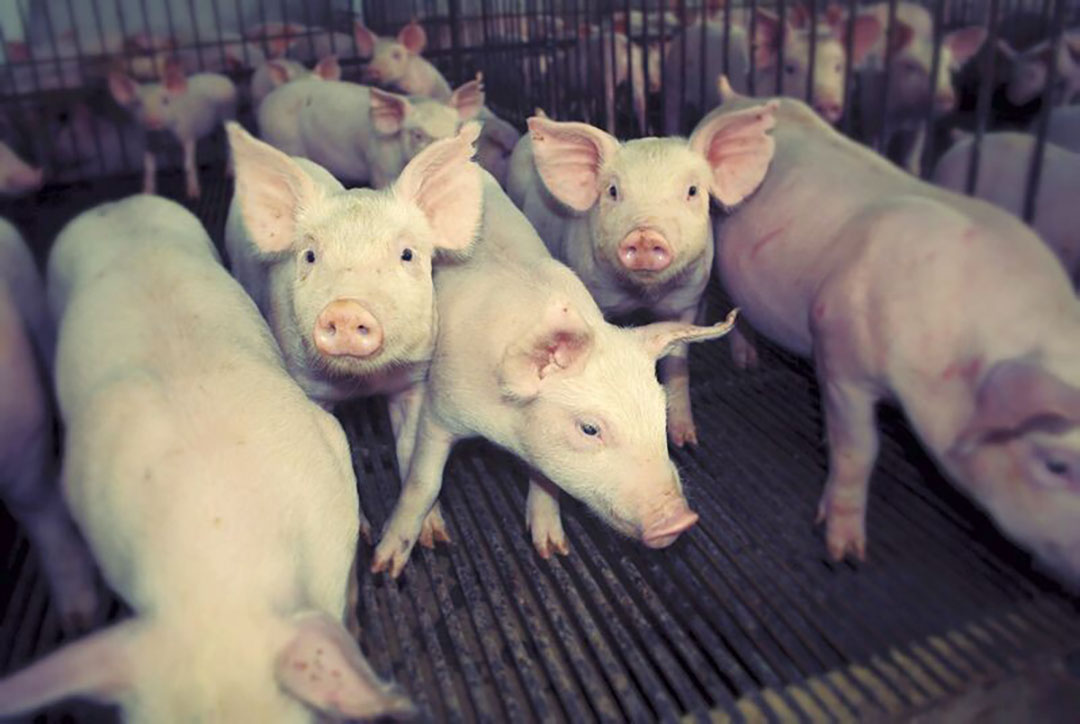
Pork exports to neighbouring Peru
In recent years, Bolivia has also been a pork supplier for other South American countries. In 2017, the Bolivian government arranged to ship surplus production to Peru. The domestic market situation however does not always allow surpluses.
This is already a major difference from the situation in the past. Historically, Bolivia used to import pig meat supplies, at a range of roughly 10,000 tonnes per year. As from roughly the year 2000, genetic material has been imported to improve local production.
Pig health situation in Bolivia
In the early years of the century, Bolivia took part of the “Continental Plan for the Eradication of Classical Swine Fever”, together with 19 other countries. The FAO project received support from National Association of Pig Farmers of Bolivia (Anapor).



